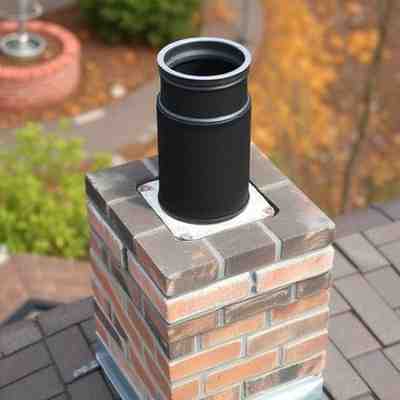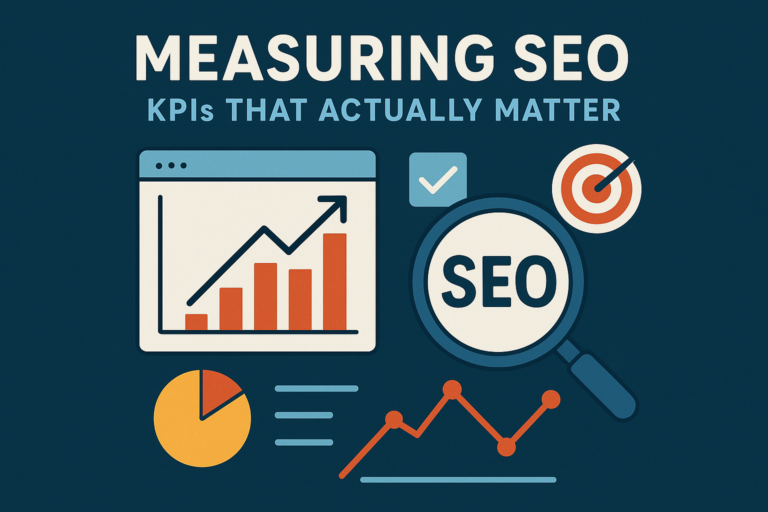A single bottle of vintage Scotch once sold for over a million dollars at auction. While most collections are not in that price range, presentation plays a big role in attracting the right buyer. If you want serious interest and fair offers, how you prepare your collection matters as much as the whiskey itself.
Organizing and presenting your bottles well can make all the difference. From clear labeling to professional photographs, each detail shapes the way buyers see your collection.
Start with a Thorough Inventory
Before thinking about where to sell whiskey, you need to know exactly what you have. Write down every bottle in your collection. Include the distillery, age statement, bottling date, volume, and alcohol percentage.
Adding details like special editions or limited releases can help highlight value. You should also note the condition of the label, cork, and packaging. Small damages or wear can affect the price, so being upfront builds trust with potential buyers.
Sort by Category for Easy Viewing
When planning how to sell whiskey collection items, grouping bottles into categories can make the presentation clearer. You can sort by brand, country, distillation year, or rarity.
For example, keeping all single malts together or placing rare bottlings in their own section helps buyers focus on what interests them most. This structure also makes it easier for you to manage the sale process.
Clean and Preserve the Bottles
A dusty bottle can make even rare whiskey look neglected. Gently wipe each bottle with a clean cloth. Avoid using harsh cleaners that could damage labels.
If original packaging exists, keep the bottle inside it to protect from light and temperature changes. Proper storage signals to buyers that the collection has been well cared for, which can influence their willingness to pay a premium.
Photograph with Care
High-quality photos are essential when showcasing bottles online. Use natural lighting where possible and keep backgrounds simple so the focus stays on the whiskey.
Take multiple angles: front, back, close-ups of the label, and the packaging. A good set of images helps buyers evaluate the condition before they even see the bottle in person, which speeds up the sales process.
Highlight the Standout Pieces
Not every bottle will have the same market value. When thinking about where to sell whiskey, it helps to know which bottles might draw the most interest.
Highlight limited releases, bottles from closed distilleries, or those with historical significance. These often act as the “headline” items that bring buyers to your collection, increasing the chance of selling other bottles alongside them.
Organize Documentation and Proof of Authenticity
Original receipts, auction records, or certificates of authenticity add credibility. Buyers feel more confident knowing there is proof to back up a bottle’s story.
If your collection includes rare or older bottles, such documents can also justify higher pricing. Keep them organized in a folder so you can quickly share them when needed.
Decide on Your Selling Method
Once you know how to present your bottles, it is time to choose a selling path. Options include private sales, online platforms, auctions, or working with a broker. Each has its advantages.
Private sales may offer more control over pricing. Auctions can attract competitive bids. Online sales are convenient for reaching international buyers. Brokers handle much of the legwork and can connect you with serious collectors. The right choice depends on your goals and timeline.
Price Realistically
Even the most beautifully presented collection will not sell if the pricing is unrealistic. Research recent sales of similar bottles to set a reasonable range. Consider rarity, brand reputation, and condition when setting prices.
Some sellers start slightly higher than their target price to leave room for negotiation. The key is to remain flexible while protecting the value of your collection.
Prepare a Clear Listing
When posting your collection for sale, combine strong visuals with concise details. Mention the age, distillery, and any unique characteristics. Keep descriptions factual and easy to read.
A well-written listing answers most of the questions a buyer might have, which can shorten the decision-making process.
Offer Buyers a Smooth Experience
Once interest comes in, be responsive and clear in your communication. Buyers appreciate prompt answers and transparency about any imperfections.
If shipping is involved, package bottles carefully with padding to prevent damage. For local sales, arrange secure meeting points. A positive transaction experience often leads to repeat buyers or referrals.
Why Presentation Matters in the Long Run
A well-organized collection is easier to manage, even if you do not plan to sell immediately. It also allows you to quickly act when market conditions are favorable.
Buyers can tell when care has been taken in the preparation, and this often translates into higher offers. Good presentation is not only about aesthetics but also about building trust and confidence in your collection.
Final Thoughts
Selling a whiskey collection is not just about finding someone willing to pay. It is about showing the value, care, and history behind each bottle. By organizing your inventory, cleaning and photographing bottles well, and presenting documents clearly, you create an experience that appeals to serious buyers.
If you are exploring where to sell whiskey or learning how to sell whiskey collection items for the first time, remember that preparation is a powerful tool. The more effort you put into presenting your bottles, the more likely you are to achieve a satisfying sale.



